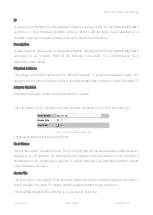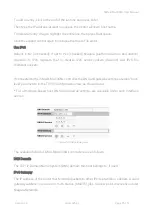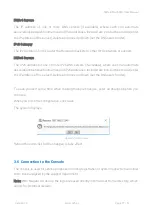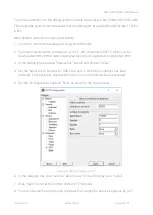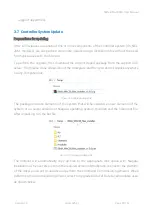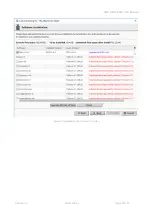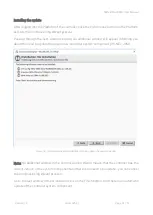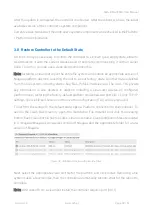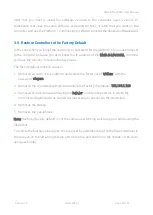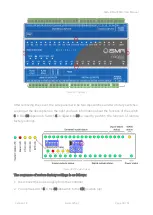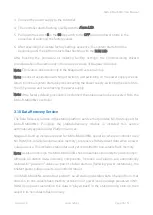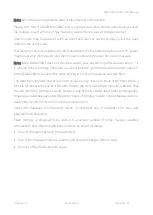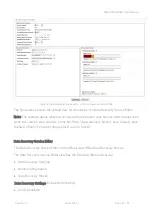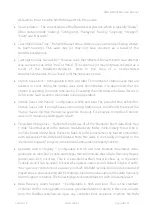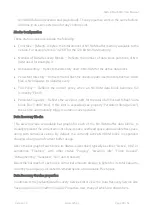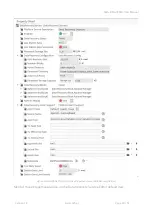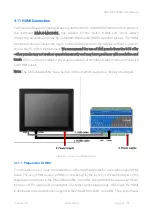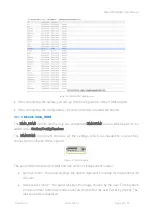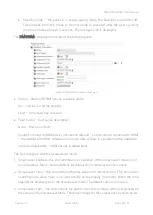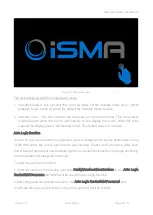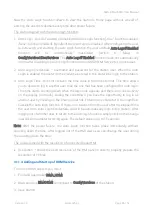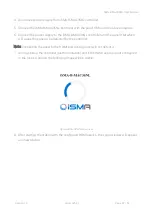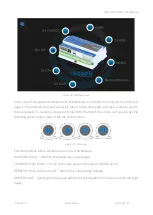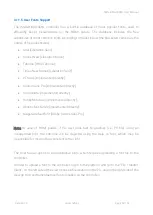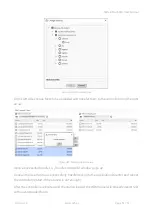
iSMA-B-MAC36NL User Manual
Version 1.4
www.gc5.pl
Page 39 / 51
recorded data is discovered and played back. These properties work in the same fashion
as those in an alarm extension for any control point.
Blocks Configuration
These status properties include the following:
•
Total Size – Reflects, in bytes, the total amount of NV-RAM buffer memory available to the
service. For example, this is “32768” for the 128 kB NV-RAM memory.
•
Number of Data Recovery Blocks – Reflects the number of data block partitions of NV-
RAM used, for example, 3.
•
Active Directory – Reflects the directory used in NV-RAM for the active data block.
•
Persistent Directory – Reflects the full flash file directory path used to store flushed “.drdb”
files, which equates to: /dataRecovery.
•
Full Policy – Reflects the current policy when an NV-RAM data block becomes full
(currently “Flush”).
•
Persistent Capacity – Reflects the size limit, in kB, for the total of all “flushed to flash” data
block files (“.drdb” files). If this limit is exceeded (see property “Persistent Storage Size”),
the service automatically triggers a station save operation.
Data Recovery Blocks
This area provides expandable bar graphs for each of the NV-RAM buffer data blocks, to
visually represent the current amount of used space, overhead space, and available free space,
along with numerical values. By default, the currently active NV-RAM block is expanded,
showing a bar graph of current buffer usage.
Above the bar graph of each block,
its Status is described, typically as either: “Active”, “Idle”, or
sometimes “Flushing”, with other states “Purging”, “Awaiting Idle”, “Flush Queued”,
“Defragmenting”, “Reserved”, “Fail”, and “Unknown”.
Below the bar graph of each block, numerical amounts display, in bytes, for its total Capacity,
currently Used space, calculated Overhead Space, and available Free Space.
Data Recovery Service properties
In addition to the (default) Data Recovery Service Editor view, the Data Recovery Service also
has properties on its Platform Service Properties view, many of which are shown here.

